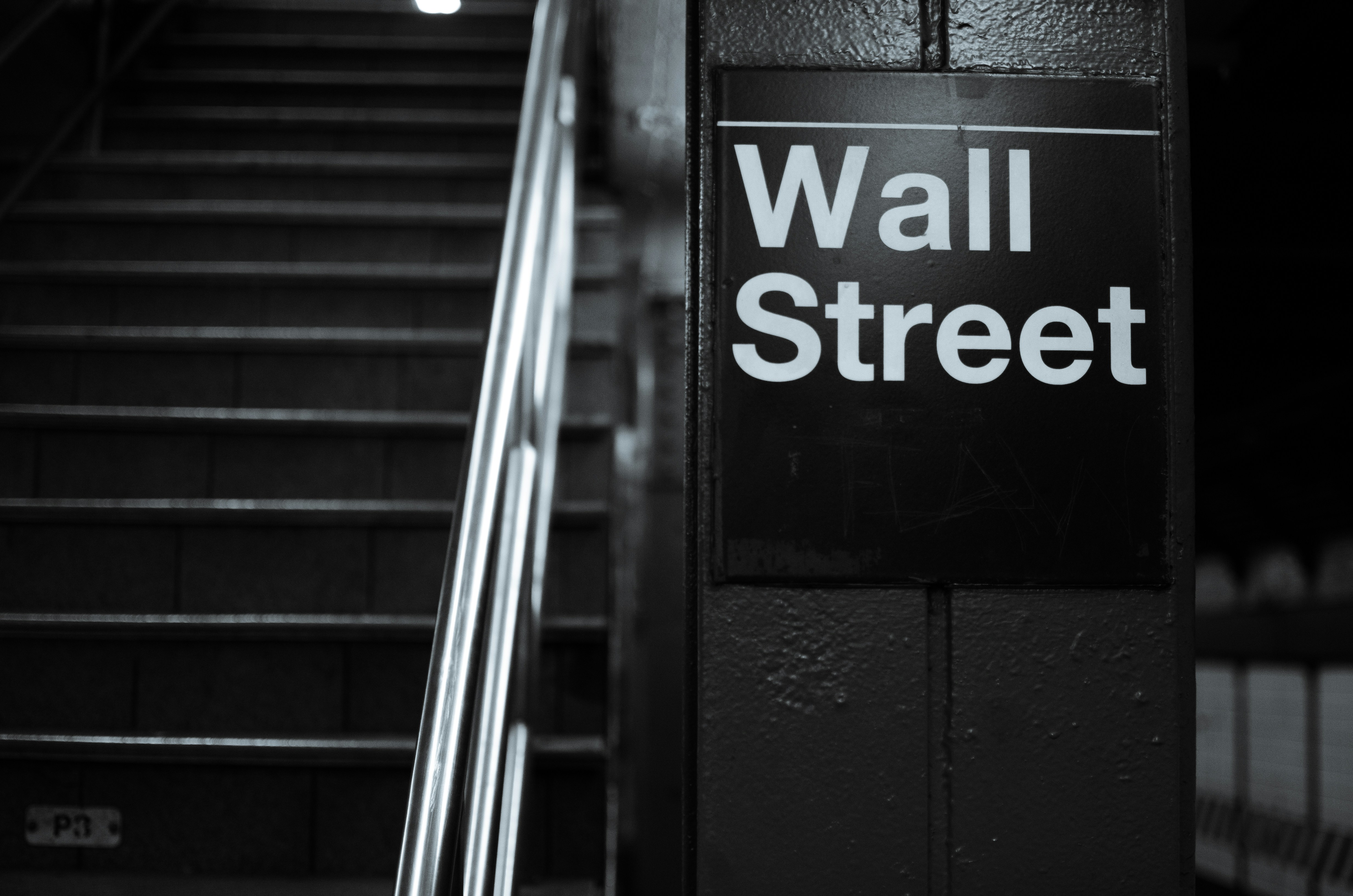Astrazeneca (AZN)- Technical & Fundamental Analysis
$12,416
Astrazeneca (AZN)- Technical & Fundamental Analysis
06 Nov 2025, 09:34

Unsplash.com

According to a recent study from Bank of America, cash accounted for the bulk of inflows during a week that saw a collapse in the global share market. Investors also took advantage of the slump in Japanese equities to purchase stocks.
Significant inflows were made into money market funds ($80.8 billion), bond funds ($10 billion), and equity funds ($9.7 billion).
However, for the week of August 7, $500 million was removed from gold, and $100 million left cryptocurrency holdings, according to BofA.
Among the notable flow trends were the $4 billion influx of Japanese equities, which was the third-biggest inflow of the year, and the $2.4 billion outflow of European stocks, which was the highest since September.
Significant withdrawals were also seen in the financial sector, with $1.1 billion being taken out—the largest amount since November. In contrast, technology stocks had inflows of $3.3 billion for the sixth straight week.
Higher real interest rates for longer are "slowly and decisively hurting the US consumer & labour market," according to analysts at BofA.
The bank added that it remains in the “sell the first cut camp”.
The group also identified critical technological benchmarks that, should they be reached, could alter the Wall Street narrative from one of a soft to a hard landing. These include 5,050 on the S&P 500, 400 basis points on the HY CDX, and 4% on the 30-year Treasury.
Regionally, inflows into U.S. stocks reached a record $6.4 billion for the sixth week running, while inflows into emerging market equities reached a record $2.3 billion for the tenth week running.
Regarding investment style, there were $10.4 billion in inflows into US large-cap stocks, $3.3 billion out of U.S. small-cap stocks, and $3.8 billion out of U.S. growth stocks.
Addressing fixed-income, investment-grade bonds had inflows of $9.4 billion for the 41st week in a row. On the other hand, bank loans witnessed their greatest outflow since March 2020 at $2.6 billion, while high-yield bonds saw their largest outflow since October at $2.7 billion.
(Sources: investing.com, reuters.com)